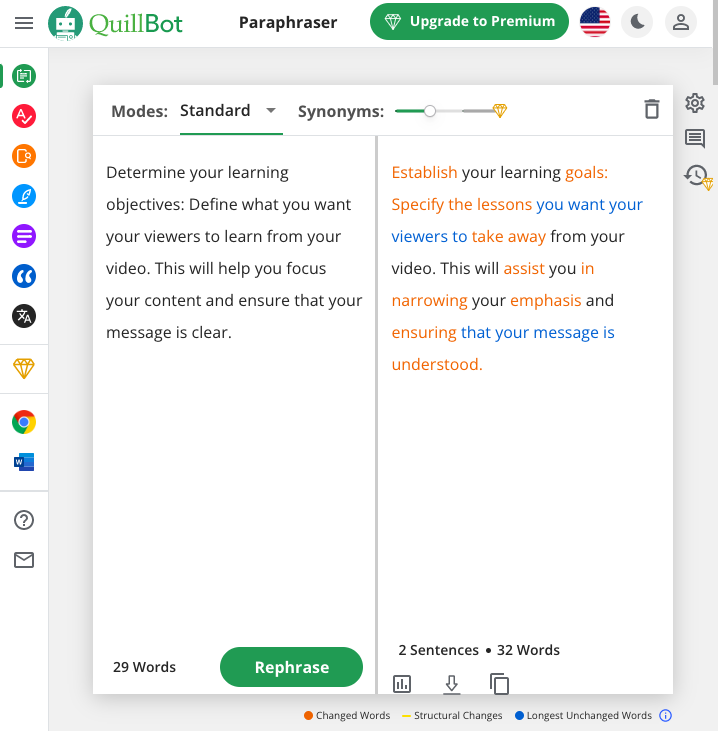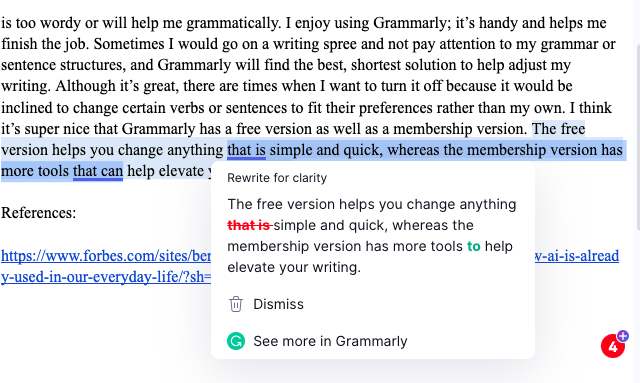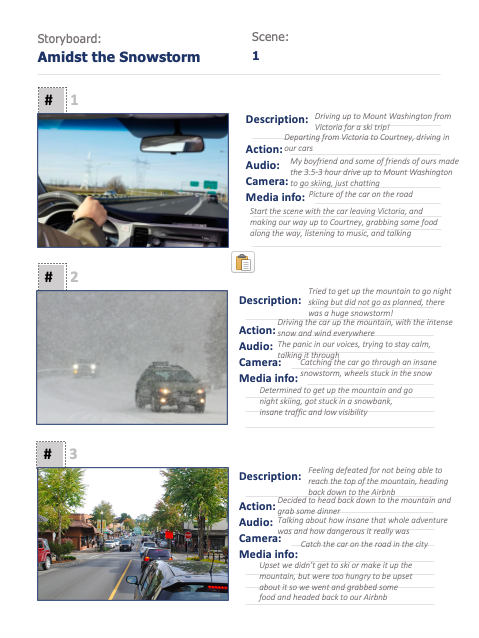
In week 8, we learned about the use of AI applications, and I think it’s absolutely amazing how far we’ve come with the evolution of technology. It’s incredible how advanced technology is, and it’s only going uphill from here. The use of technology, specifically AI, is embedded in our lives; whether it’s to open our phones with face ID, it’s using artificial intelligence to enable that functionality. Apple FaceId can see in 3D; it lights up your face, places 30,000 invisible infrared dots on it, and captures an image. It then uses machine learning algorithms to compare the scan of your face with what it has stored about your face to determine if the person trying to unlock the phone is you or not. That’s just one of the many ways AI incorporates into our lives. Artificial intelligence is also working behind the scenes on social media, such as Facebook, Twitter, Instagram, and more. AI personalizes what you see on your feeds, learning what types of posts you like and have viewed, and puts that same or similar content in your feed. Additionally, it figures out friend suggestions, identifying and filtering out fake news. When you’re sending an email or message, tools such as Grammarly and spell check are forms of AI. Some more examples include google search, digital voice assistants, smart home devices, amazon recommendations, and any movie/show platforms (Netlifx, Disney+, Amazon Video, etc).
I had the opportunity to explore some generative AI tools included in week 8’s lesson. Two of which I have heard of but have never tried due to their possible unreliability, and just forget that there are platforms available for writing purposes. The first platform included is ChatGPT. I hadn’t heard of this specific platform until this year; many of my friends were talking about how flexible this program is and how it can basically write anything for you, such as essays, texts, conversations, composing music, etc. It sounds like a too-good-to-be-true platform that can do anything you ask it to. Although it sounds great, certain limitations prevent it from being perfect. In the example shown above, I found it quite funny when the chatbot mistakenly informed the audience that Donald Trump is one of the two black presidents of the United States. This example goes to show that although it is adaptive, it’s not always correct. The core function of ChatGPT is to mimic human conversations, therefore creating room for error.

The second generative AI tool I tested and played around with is Quillbot. Quillbot is used to paraphrase and summarize your writing. It also scans your writing and alerts you with any errors in your grammar, spelling, punctuation, word misuse, etc. I think Quillbot can be an amazing tool to use when you’re really stuck on how to paraphrase a certain phrase in hopes of not plagiarizing, but I can see how it can come off as unreliable sometimes. Because the platform is trying to avoid using the exact words in the same sentence as the original word, Quillbot tends to replace certain words and come up with synonyms to replace the original word. When that happens, the sentence isn’t as clear as it could be. All in all, although these platforms have slight problems of their own, I think it’s nice to have them available when a student needs some help or inspiration in their writing.

An AI app that I use quite often is Grammarly. It’s embedded in my google docs, and because it’s in my system, it will automatically check my writing and insert changes if they think something is too wordy or will help me grammatically. I enjoy using Grammarly; it’s handy and helps me finish the job. Sometimes I would go on a writing spree and not pay attention to my grammar or sentence structures, and Grammarly will find the best, shortest solution to help adjust my writing. Although it’s great, there are times when I want to turn it off because it would be inclined to change certain verbs or sentences to fit their preferences rather than my own. I think it’s super nice that Grammarly has a free version as well as a membership version. The free version helps you change anything simple and quick, whereas the membership version has more tools to help elevate your writing. I think students can benefit significantly from using Grammarly; it’s a simple tool that can help countless students improve their grammar and utilise the resources around them.

I actually love learning about storytelling in week 9’s lesson. As a visual learner, I grasp and understand information more efficiently and for a longer period of time. Images and pictures help to enhance the learning environment and keep students engaged. I understand and remember things by sight, and I can picture what I’m learning in my head; therefore, it helps me to retain information better. I love this concept of storytelling; as was mentioned, people who read, watch or hear stories have a greater capacity for this theory in mind and an enhanced ability to navigate interactions with other people. Storytelling has been shown to increase memory retention of key information, which applies to written stories and oral and visual presentations. Here’s an example of my storyboard that I created of a journey going up to Mount Washington.

References:
Marr, B (2019, December 16). The 10 Best Examples Of How AI Is Already Used In Our Everyday Life. Forbes https://www.forbes.com/sites/bernardmarr/2019/12/16/the-10-best-examples-of-how-ai-is-already-used-in-our-everyday-life/?sh=259072e11171
meiramarie says:
I also use Grammarly, even currently on this comment, but honestly, I don’t quite pay attention to it for anything but the spelling. AI is definitely on the rise, but might need sometime before we can have robots write our essays for us 😉
2023-03-12 — 11:50 pm